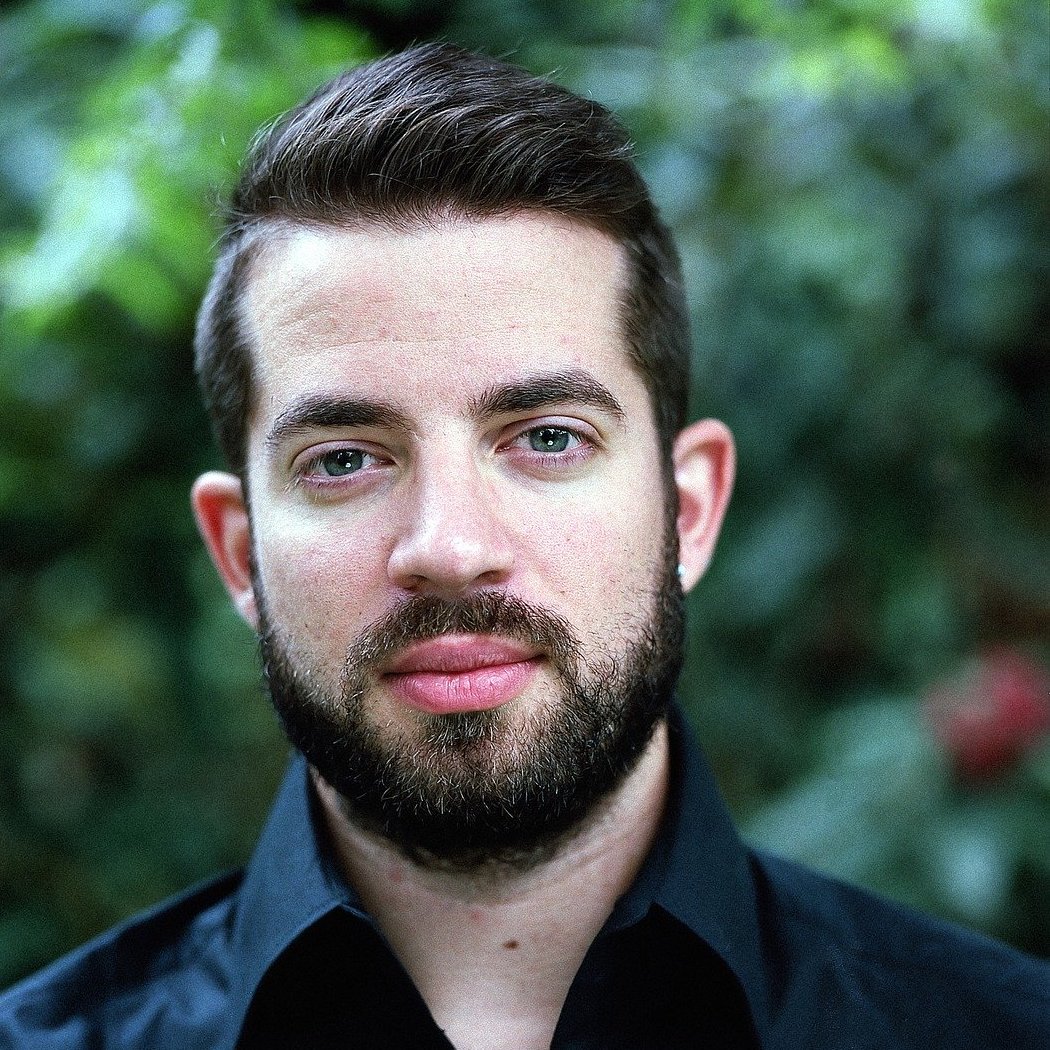Harvey
An Author Profile

By Matt McKeown
All subsequent medicine owes William Harvey an inestimable debt.
Sixteenth and seventeenth-century Europe saw a great flowering of scientists. The famous controversy over heliocentrism raged between the pens of Galileo, Tycho Brahe, and Johannes Kepler. In England, Francis Bacon articulated the basics of the modern scientific method in his Novum Organum, whose name was a deliberate challenge to Aristotle’s Organon or “Toolbox,” replacing the a priori deductions set forth by the old Greek with a system of empirical, inductive logic. In Ireland, Robert Boyle was laying the foundations of modern chemistry; in Italy, architecture and engineering had already been revolutionized by the likes of Leonardo da Vinci and Filippo Brunelleschi.
It was into this spectacular age of learning and innovation that William Harvey was born in 1578. He was educated at the King’s School (the oldest public school in England) and proceeded to collegiate studies first at Cambridge, then in Padua in northern Italy, which was a leading center of Renaissance medicine. He returned to his native country in 1602, where he rapidly gained reputation and prestige as a doctor, anatomist, and lecturer. He eventually became the physician of King James I, and later of his ill-fated son, Charles I. Harvey was also noted for his skepticism in witchcraft trials, and was instrumental in saving several accused witches from execution by proving that the supposed spells or familiars set forth as evidence were purely mundane.
His specialization was anatomy, and he spent decades working at St. Bartholomew’s Hospital in London, both caring for patients and teaching apprentices. He composed two major works: On Animal Generation, which dealt with embryogenesis and contains the earliest known refutation of spontaneous generation; and The Motion of the Heart and Blood, the first essentially accurate account of the circulatory system.
While his work was highly practical, his contributions to medical theory were a dramatic advance in the science. That blood moves around the body was familiar to physicians already, but its mechanism was not agreed upon (some favored an “oscillation” model of the movement of blood), and research was difficult. Dissection of human cadavers, while not actually illegal, was frowned upon, so much of Harvey’s study was based upon comparative evidence obtained from animals; his tools were also somewhat rudimentary, amounting to little more than a magnifying glass (the microscope was invented in the Netherlands not long after Harvey’s death). At times, he almost despaired of his work on the cardiopulmonary system, remarking that the movements of the heart were so rapid only God could see them properly. Nonetheless, he persevered in his research, and ultimately identified the operations of the heart and showed that circulation was the correct description of blood’s movement.
His principles of instruction at St. Bartholomew’s are also of interest. Though obviously not above giving directions to his patients, in training men to become doctors themselves, he seems to have prioritized helping them to reach conclusions independently through careful, focused study. His stated principles as a lecturer included the following: “To cut up [i.e. dissect] as much as may be seen in the sight of the audience”; “Not to praise or dispraise other anatomists”; and “Not to speak of anything which can be explained as well without the body or can be read at home.” He himself was known to think and write extensively in private, and clearly expected his apprentices to take their work just as seriously and disinterestedly as he did.
Finally, dear reader, if his intelligence and principle have not won you over, Harvey had one more quality highly sympathetic to us four hundred years on: he was a fanatical coffee-drinker.
___________________________________________________________________________________
Every week, we publish a profile of one of the figures from the CLT author bank. For an introduction to classic authors, see our guest post from Keith Nix, founder of the Veritas School in Richmond, VA.
If you enjoyed this post, you might also like these author profiles of Thomas Hobbes and John Steinbeck, this reflection on the meaning of the Muses to a modern educator, or this student contribution on the poetry of Edmund Spenser. And be sure to check out our podcast, Anchored, where our founder Jeremy Tate sits down with leading intellectuals to discuss education and culture.
Note: This author was included in a previous version of the Author Bank, but is not present on the current edition (though passages from his work may still appear on CLT exams). A discussion of the latest revisions to the Bank, courtesy of Dr. Angel Adams Parham, can be found here.